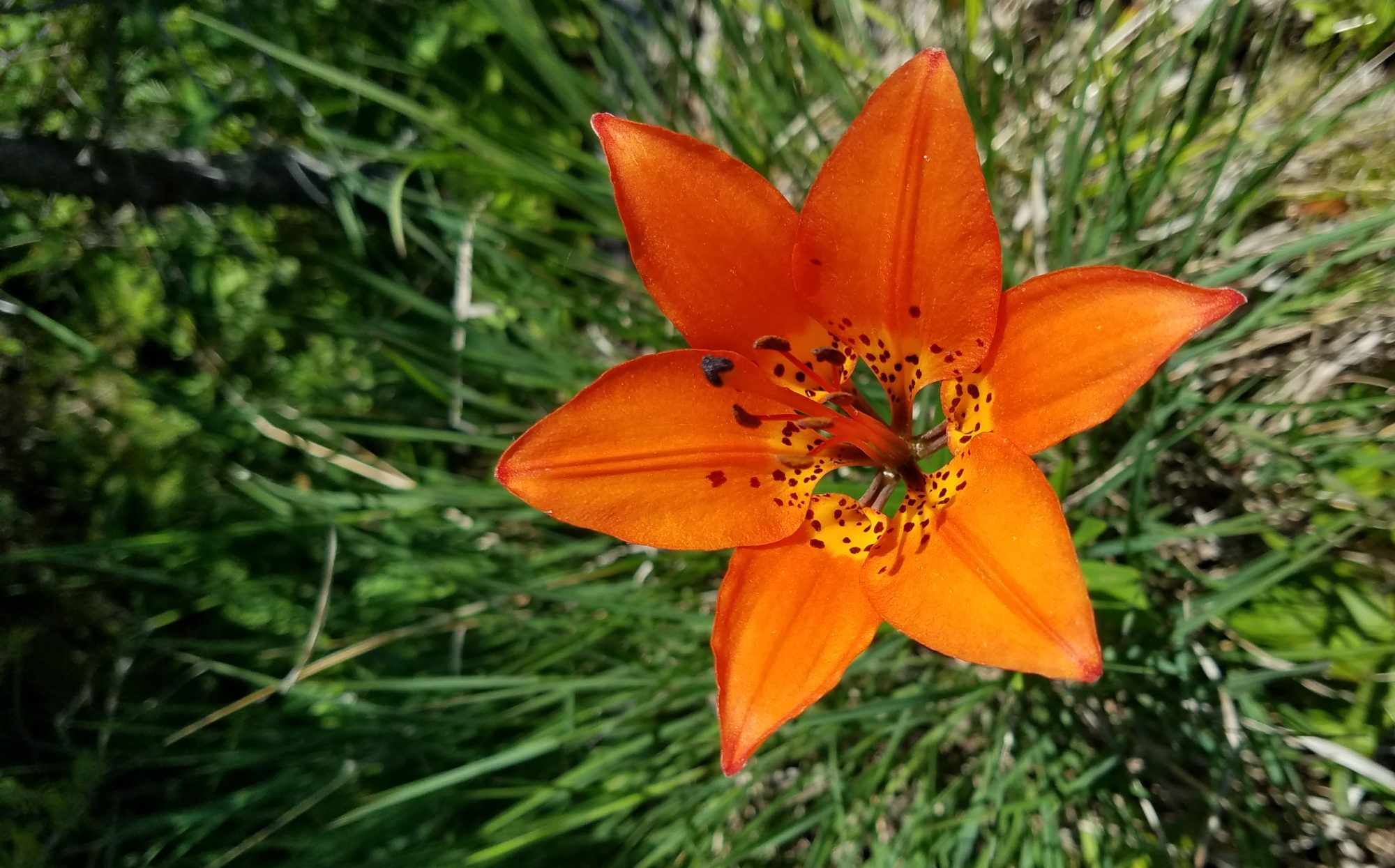Wildlife is seasonal. Bird life is most dramatically seasonal, evidenced by plumage changes, behavior changes and great global movements. Wildlife enthusiasts enjoy the annual spectacle, migration. Birders closely follow the seasonal movements of birds by sight and by sound.
August presents new challenges for those seeking birds. Many species are far less vocal and much more mobile. The nesting season is nearly complete, young are fledged, and flocks are growing in numbers and moving about seeking food. Mixed-species flocks form at this time. Blackbirds, grackles and red-winged’s on Drummond Island, join in raucous roosts in reed beds that grow quite large as the season progresses. Warblers and other small passerines gather in mixed-species foraging flocks seen darting through tree-tops, quietly foraging. Committed birders know the discomfort of “warbler-neck,” a condition that develops after bending the neck back, looking upward in prolonged searching. Glimpses of birds, well, bird parts, momentary flashes of colors and shapes of birds darting through the leafy treetops, present fleeting field marks essential for identifying confusing fall warblers and other birds of autumn. Already, early birds are migrating to the island from points north and very soon the island’s breeding birds will join the great southward movement. Drummond Island is a great place to chase the great annual bird spectacle, migration.
We returned again to Drummond Island during mid-August for business development meetings and for scouting locations, putting together outdoor skills workshops content and identifying workshop venues on wild Drummond Island. Always casually birding while outdoors, we found many of the species we reported in July and a few more (bold)…
Casual bird list for mid-August: Common Loon, Pied-billed Grebe, Double-crested Cormorant, Least Bittern, Great Blue Heron, Great Egret , Mute Swan, Canada Goose, Mallard, Hooded Merganser, Turkey Vulture, Merlin, Broad-winged Hawk, Red-shouldered Hawk, Bald Eagle, Osprey, Spruce Grouse, American Coot, Sandhill Crane, Ring-billed Gull, Herring Gull, Caspian Tern, Common Tern, Black Tern, Mourning Dove, Common Nighthawk, Chimney Swift, Belted Kingfisher, Red-bellied woodpecker, Downy Woodpecker, Northern Flicker, Pileated Woodpecker, Yellow-bellied Sapsucker, Great-crested Flycatcher, Red-eyed Vireo, Bluejay, Common Raven, American Crow, Tree Swallow, Black-capped Chickadee, Red-breasted Nuthatch, White-breasted Nuthatch, Carolina Wren, Winter Wren, American Robin, Wood Thrush, Hermit Thrush, Cedar Waxwing, Blackburnian Warbler, Chestnut-sided Warbler, Yellow-rumped Warbler, Black-throated Green Warbler, American Redstart, Ovenbird, Common Yellowthroat, White-throated Sparrow, Song Sparrow, Red-winged Blackbird, Common Grackle, American Goldfinch.
Mammals, particularly small groups of white-tailed deer does, were obvious just about everywhere during our August visit. Melanistic (black) gray squirrels, a very large beaver, red squirrels, eastern chipmunks, a coyote carrying prey made our list. Scat indicated bears eating berries and more. The American black bear is established on Drummond Island. Our recent post offered images of a bear we easily obtained using a trailcam during July. A small number of restricted bear hunting permits are filled annually on the island. Local knowledgeable persons shared stories of wolves, too. Eastern timber wolves frequent the island. Some locals believe wolves are established on the island. Wolves are able to swim the distances between Lake Huron’s many islands, but they do not need to swim. Every winter, Lake Huron’s broad shallow bays freeze, forming a vast snowy plain connecting the USA and Canada. Large mammals, especially fleet-footed wolves, move freely throughout the region during several months of deep freeze annually. Even an occasional moose visits the island.
